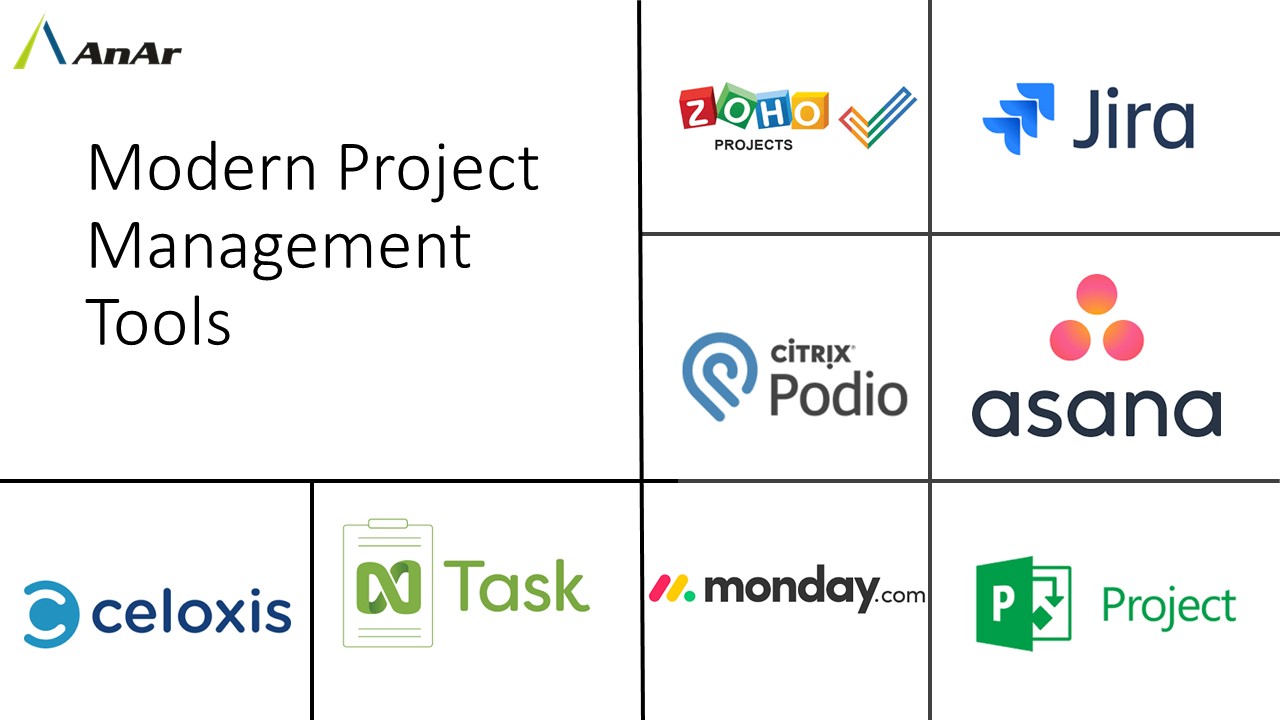In the world of modern business, where collaboration is the backbone of productivity, communication stands as the linchpin for success. But, as organizations grow, the complexity of communication also expands. Departments, teams, and individuals need efficient tools to ensure that information flows seamlessly, reducing the chance of miscommunication or missed opportunities. One such tool that has gained popularity over the years is Basecamp, a project management and team collaboration software. Though often praised for its project tracking and task management features, Basecamp holds significant potential to improve cross-department communication—provided it is utilized effectively.
In this article, we will explore how Basecamp can be a powerful tool for breaking down silos between departments and enhancing communication within an organization. We will also highlight best practices, real-world use cases, and the unique features of Basecamp that make it an ideal platform for promoting collaboration across various teams.
Table of Contents
- Understanding the Communication Challenges Between Departments
- Why Basecamp? An Introduction
- Breaking Down Silos: How Basecamp Fosters Cross-Department Communication
- Best Practices for Using Basecamp to Improve Communication
- Real-World Examples: How Companies Have Benefited
- Limitations of Basecamp and Overcoming Them
- Conclusion
1. Understanding the Communication Challenges Between Departments
Before delving into how Basecamp can improve cross-department communication, it’s important to understand why communication across departments is often problematic in the first place. Here are a few of the most common challenges organizations face:
- Information Silos: When departments operate in isolation, important information can become trapped within a specific team. This makes it difficult for other teams to access the data they need to make informed decisions.
- Lack of Transparency: Without a central platform where all updates are visible, it becomes easy for teams to miss out on key developments in other departments. This can result in misalignment on project timelines, goals, or deliverables.
- Inefficient Tools: Many businesses use a mishmash of communication tools—email, Slack, Google Docs, spreadsheets—which can lead to fragmented conversations and inconsistent document sharing.
- Cultural Barriers: Even when communication tools are in place, departments often struggle to communicate due to cultural differences, competing priorities, and varied work styles. This can exacerbate misunderstandings or slow down decision-making.
2. Why Basecamp? An Introduction
Basecamp is a comprehensive collaboration tool that brings together project management, communication, file sharing, and task tracking in one easy-to-use platform. It’s simple yet powerful, offering a clean interface that makes it easy for teams to stay on top of their work without feeling overwhelmed.
Key features of Basecamp that are particularly relevant to improving cross-department communication include:
- To-Do Lists: Teams can create tasks, assign them to specific people, set due dates, and track progress—all in one place.
- Message Boards: Instead of long email chains, teams can use message boards for structured communication, making it easier to track discussions and decisions.
- File Storage: Share important documents and files in a central location, reducing the need for email attachments or disparate file-sharing services.
- Group Chat: Basecamp includes a chat feature that allows teams to quickly discuss issues in real time without the need for endless meetings.
- Automatic Check-ins: These are recurring prompts that ask team members to provide status updates on ongoing projects, ensuring that everyone stays aligned.
Basecamp’s simplicity and user-friendly design make it an appealing choice for teams that want to streamline their communication processes while improving efficiency.

3. Breaking Down Silos: How Basecamp Fosters Cross-Department Communication
Now that we know what Basecamp is and why it’s effective for team collaboration, let’s look at how it helps to bridge the communication gap between different departments.
A Centralized Hub for Information
With Basecamp, all project information can be stored in one place. This means that employees from different departments can access the same documents, view the same tasks, and read the same discussions. By eliminating the need for siloed tools, Basecamp ensures that everyone has access to real-time updates. This centralized structure prevents confusion over which version of a document is the latest or which team is responsible for what.
Transparency Promotes Accountability
One of the biggest advantages of using Basecamp is the inherent transparency it offers. When everyone can see what others are working on, it eliminates the need for constant check-ins and status updates. This level of transparency encourages accountability, as team members know their progress is visible to others.
For cross-department communication, transparency helps teams understand the broader picture and how their work contributes to the organization’s goals. For example, a marketing team can easily see what the product development team is working on, allowing them to adjust campaigns accordingly.
Streamlined Communication
Message boards on Basecamp are a great way to ensure that cross-department communication is organized and easy to follow. Instead of sending individual emails to different team members or scheduling long meetings, you can post updates and ask questions in a central thread. This ensures that all involved parties are aware of discussions, decisions, and changes in plans. Plus, all comments are archived in the same location, so no information is lost in the shuffle.
Cross-Departmental Project Management
Basecamp allows different departments to collaborate on projects in a transparent, organized way. For example, if the marketing team is working on a campaign that involves input from the design and sales teams, they can create a shared project in Basecamp. All teams can contribute, track progress, assign tasks, and communicate seamlessly within the same project.
In addition to facilitating project coordination, Basecamp also enables interdepartmental feedback. If the product team needs input from customer service on product usability, Basecamp provides an efficient way for them to ask questions, gather insights, and incorporate them into their work.
4. Best Practices for Using Basecamp to Improve Communication
While Basecamp offers a wealth of features, it’s essential to use them effectively to maximize cross-department communication. Here are some best practices:
Set Clear Objectives
Before starting a project or communication thread on Basecamp, it’s important to set clear goals and expectations. Teams should know exactly what they want to achieve and how their input contributes to the bigger picture. Establishing these parameters from the start ensures that everyone remains focused and productive.
Encourage Consistent Updates
To keep everyone in the loop, encourage team members to provide regular updates on their progress. The Automatic Check-ins feature in Basecamp can be especially useful here. Regular updates not only keep everyone informed, but they also highlight any potential roadblocks or areas that need cross-departmental attention.
Foster a Culture of Open Communication
Basecamp’s features work best in a culture where open communication is encouraged. Teams should feel comfortable posting questions, sharing updates, and providing feedback on the platform. It’s also essential to create an environment where feedback is constructive, and all ideas are welcomed, even from teams that don’t usually work together.
Use Tags and Categories for Better Organization
Basecamp allows you to categorize tasks and discussions using tags. This makes it easy for teams to find relevant information when they need it. For example, if the marketing department wants to track all discussions related to a new product launch, they can tag related messages with “Product Launch” to make it easier to find and review.

5. Real-World Examples: How Companies Have Benefited
Several companies have adopted Basecamp to improve cross-department communication. Here are a few examples of how organizations are benefiting from this tool:
Example 1: A SaaS Company Enhances Collaboration Across Teams
A SaaS company used Basecamp to facilitate communication between its engineering, product, and marketing teams. The product manager created a shared project space in Basecamp where team members could post updates, ask questions, and track progress on new feature development. The marketing team could monitor progress in real-time, adjusting their campaigns and messaging based on product updates.
The transparency provided by Basecamp helped align all teams with the company’s goals, and the streamlined communication allowed the company to reduce the time needed for product launches.
Example 2: A Design Agency Improves Cross-Departmental Workflow
A design agency adopted Basecamp to improve communication between their design and sales departments. Designers could easily share mockups and project timelines with the sales team, while the sales team could ask questions or request revisions directly in Basecamp. This real-time collaboration helped speed up the approval process and reduced miscommunication, allowing both teams to deliver high-quality work to clients faster.
6. Limitations of Basecamp and Overcoming Them
While Basecamp offers many benefits, it’s not without its limitations. One challenge some companies face is the learning curve associated with the platform. Though Basecamp is user-friendly, it may take some time for employees to fully embrace its features and integrate them into their workflow.
Additionally, Basecamp is not a one-size-fits-all solution. It may lack certain advanced features required by larger organizations, such as detailed reporting or sophisticated analytics. For these companies, Basecamp can be used in combination with other tools to meet their specific needs.
To overcome these challenges, organizations should invest time in training employees and setting up customized workflows to ensure Basecamp aligns with their communication needs.
7. Conclusion
Basecamp has the potential to significantly improve cross-department communication by fostering collaboration, transparency, and efficiency. By creating a centralized hub for communication, tasks, and project management, it breaks down silos and encourages teams to work together toward common goals. When used effectively, Basecamp can help organizations achieve smoother workflows, reduce misunderstandings, and speed up decision-making.
In the modern business world, where collaboration is crucial, tools like Basecamp are not just a luxury—they are a necessity for success.























